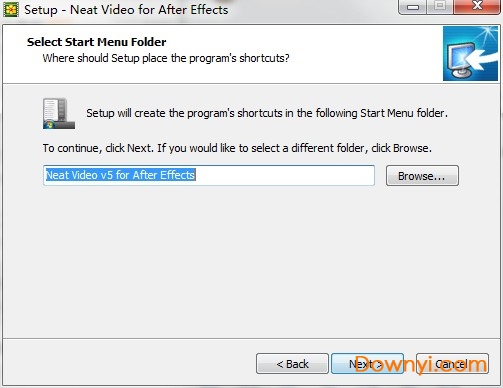

So when you brighten up an image during post-processing, you’ll often reveal significant noise, especially in the darker regions of the shot. So one of your primary goals as a photographer should be to prevent noise to the greatest possible extent.Īnd when it’s not possible to prevent noise in-camera, you should remove it with post-processing.įirst, noise is more prominent in the shadows of a photo. (The specks are often random, but they occasionally resolve themselves into patterns, such as bands.)īecause noise looks ugly, and because it reduces the detail in an image, it’s nearly always a problem. What Is Digital Noise?ĭigital noise refers to “incorrect” pixels in an image, which appear as tiny specks (pixels) of light and color in an image, like this:
#Neat image noiseware software#
So if you’re ready to determine the perfect noise reduction software for your needs, let’s get started. Reducing color and luminance noise while preserving detail.
#Neat image noiseware pro#
Neat Image Pro – Dedicated noise reduction program with the most controls and options.Photoshop CC – The best program for selectively reducing digital noise.

Lightroom Classic – The best noise reduction program among RAW editors.Topaz DeNoise AI – The Best All-Around Noise Reduction Software.I’ll share with you my favorite noise reduction programs, and I’ll explain how they satisfy the ultimate goals of any noise-reduction program: In this article, I’m going to take you through the best noise reduction software available today. That way, you’re always equipped to handle any noise your camera throws at you – and to come out with high-quality, professional looking images. Regardless of the reason, every photographer must have powerful noise reduction software on hand. And the long shutter speeds required for long-exposure photography can cause noise, no matter the ISO. Astrophotographers frequently use faster shutter speeds to keep the stars from blurring, which require high ISOs and result in noticeable noise.
#Neat image noiseware iso#
You see, while modern cameras have steadily improved in their ability to eliminate noise from images, there are plenty of situations where noise reduction is still necessary.īird and wildlife photographers shooting in low light will often need to bump their ISO to 6400 and beyond – settings that will introduce noise in even the best high-ISO cameras.


 0 kommentar(er)
0 kommentar(er)
